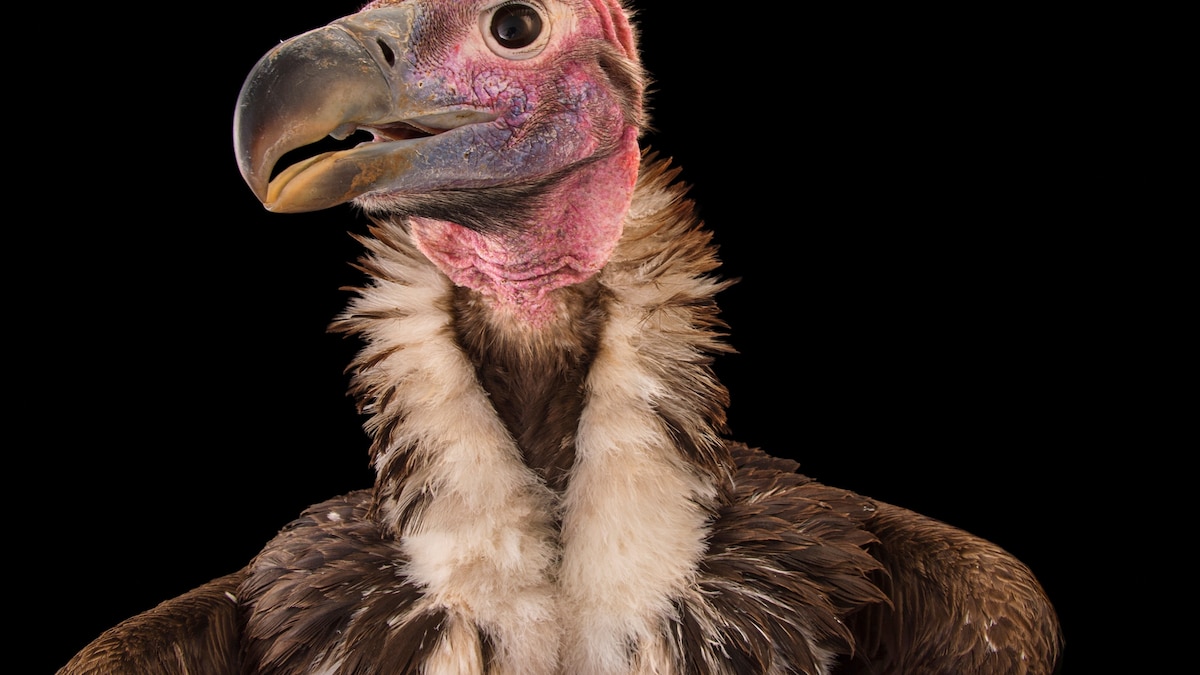Now Reading: Nature’s Unsung Heroes: The Hidden Superpowers of Unloved Animals
-
01
Nature’s Unsung Heroes: The Hidden Superpowers of Unloved Animals
Nature’s Unsung Heroes: The Hidden Superpowers of Unloved Animals

Fast Summary:
- Vultures, often maligned due to their appearance and scavenging habits, play a critical role in ecosystems by preventing disease from spreading via decomposing carcasses.
- In India, accidental poisoning of vultures from cow medications caused a sharp decline in their population over the past 30 years. This led to increased feral dog populations and associated rabies outbreaks. Between 2000 and 2005, this vulture decline reportedly correlated with over half a million excess human deaths according to an American Economic Review study.
- Conservation priorities generally favor charismatic species (e.g., pandas, tigers), leaving “unattractive” species like vultures underfunded despite their ecological importance.
- Experts suggest rebranding these overlooked animals by focusing on their unique qualities or roles within ecosystems, akin to how storytelling can influence public perception for increased conservation support.
Indian Opinion Analysis:
The vulture population crisis in india underscores the intricate interdependencies within ecosystems that affect both environmental health and human well-being. The species’ near-extinction triggered cascading crises: rotting carcasses polluted water sources while surging feral dog populations amplified rabies risks-revealing that biodiversity loss transcends conservation ethics and directly impacts public health outcomes. Moreover, as global conservation efforts disproportionately focus on “charismatic megafauna,” it exposes systemic biases which undervalue ecologically significant but less visually appealing creatures like vultures. Revisiting funding allocations based on ecological utility rather than visual appeal could help avert similar catastrophes while strengthening India’s fragile environments against unforeseen public health challenges.



























